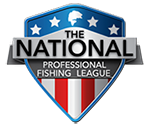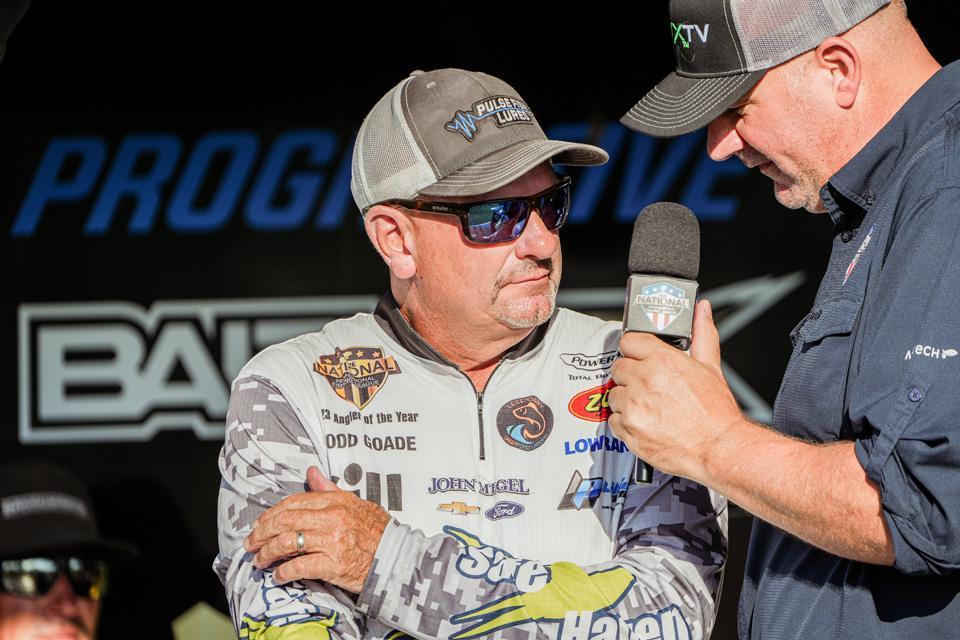Story by Todd Goade | Photos by Tanner & Travis Lyons
In this sport we all love called bass fishing, if you’re not evolving and learning, you’re getting left behind. I’ve been fishing a long time and have learned many things over the years about bass behavior and have learned many techniques, but one thing that was lacking that I hadn’t learned much about or thrown much was a squarebill crankbait.
I’ve thrown crankbaits for years of all shapes and sizes, but for some reason I never thought about a squarebill in certain situations. I’d rather throw a spinnerbait, a lipless bait, a bladed jig in that depth range over the years…until this year. I made a point in the off season to put some time in with this bait and I’m happy with the results and confidence I now have in this technique.
There are many types of squarebills on the market which can lead to an obsession on the Tackle Warehouse site. Believe me, I know! I’ve settled on three that I like the best, and I’ll go over them and my rod, reel, and line setup.
I like the KVD 1.5 from Strike King. The bait has a nice hunting action, and my favorite colors are Rosie and Chartreuse Sexy Shad 2.0.
I also like the Berkley Squarebull 3.5 in the Big Money and Special Red Craw colors. This bait has a little more side to side kick than the KVD 1.5, but I have noticed that the bait seems to hang up more often. But it gets bites!
Lastly, I like the 6th Sense Crush 100X Squarebill in the colors Chartreuse Pro Blue and Mudbug Red. The rattle chamber seems to be a little different and I had recent success on a trip to Missouri with this bait, catching several nice fish.
I like to throw these squarebills on a Pulse Fish Unfair Advantage composite rod, an Ark Fishing Gravity 8 casting reel with a 6.4:1 gear ratio and 12-pound test K9 Fishing Original Fluoro. The fish seem to get the bait well with this setup, and I don’t seem to lose as many fish as with other setups.
I used this setup in practice at Santee Cooper and caught several nice ones casting around trees, but for some reason I couldn’t make it work in the event. At home in Tennessee, I’ve been targeting flatter banks and getting in real tight to the bank and parallelling them which has produced many fish. When the fish are shallow, your bait stays in the strike zone longer, which ultimately leads to more bites. When I was in Missouri, I was targeting transition banks where a steeper bank flattened out. Almost all my bites came at the transition or in the first 75-100 feet after the transition. This was a pretty good pattern that I could run most of the day.
So, the next time you think about a technique that you haven’t tried to learn, get out of your comfort zone and give it a try. You may be surprised at the result. This old dog learned a new trick that I know will put fish in the boat this year and—who knows—could be the key fish at a key time in an event this year.
Tight Lines!
Todd Goade – Angler Profile





